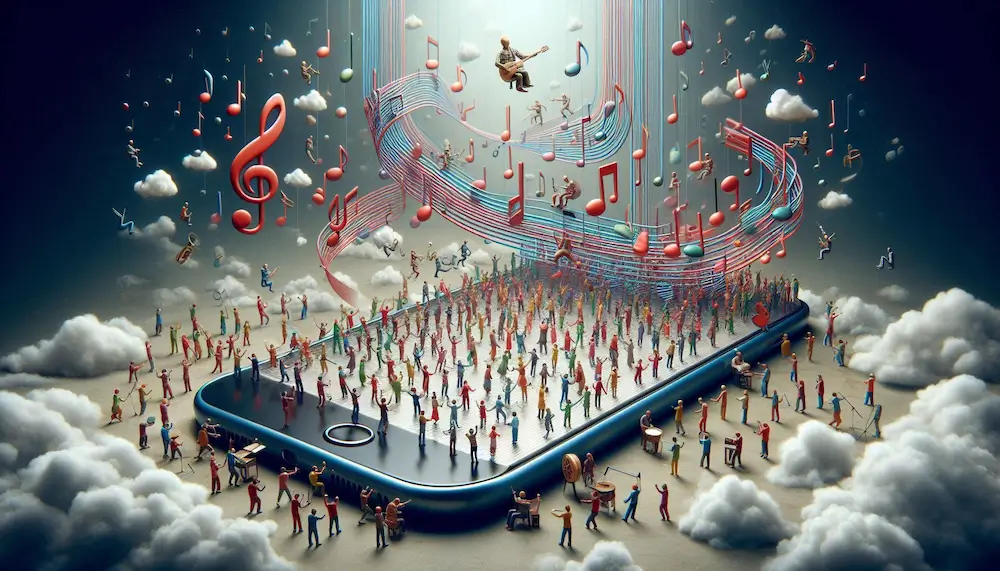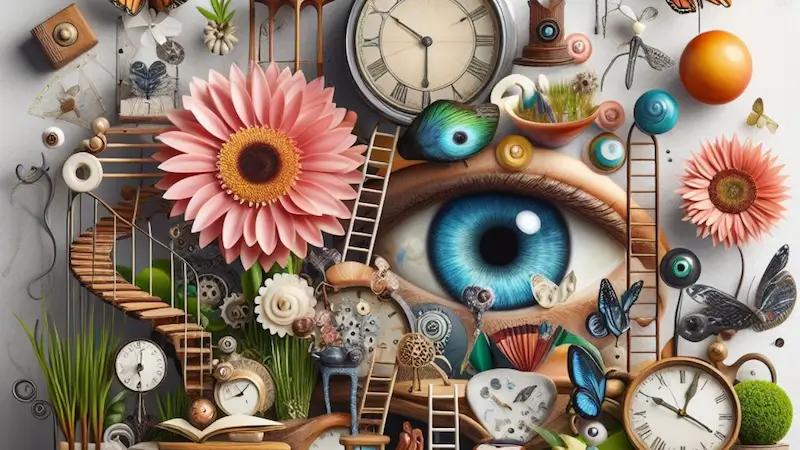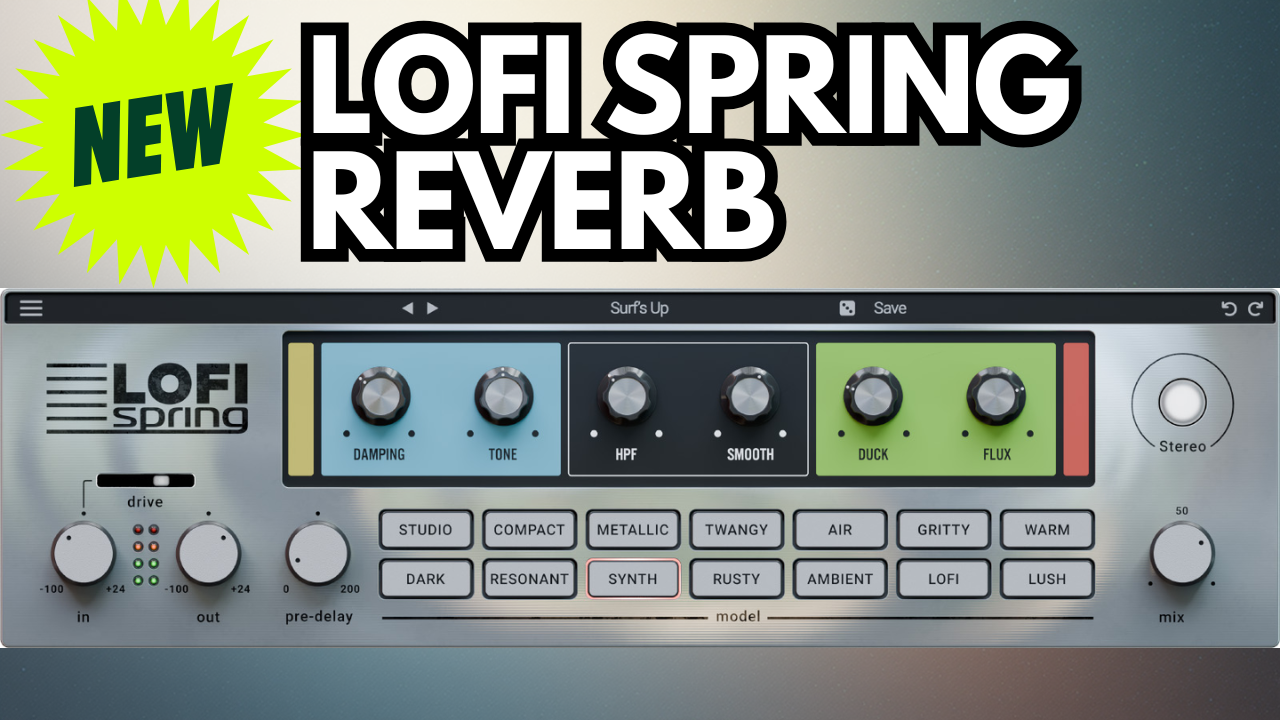When I craft lyrics, I pay close attention to how each line will resonate with someone who hears it. Utilizing metaphors and imagery effectively is like wielding a paintbrush on a sonic canvas, creating an evocative landscape that lives within the listener’s mind.
One might wonder about the distinction between imagery and metaphors when it comes to writing lyrics. Imagery involves the use of descriptive language that paints a picture and evokes the senses. Metaphors, on the other hand, draw a comparison between two unrelated things, giving deeper meaning to the words.
Some of the most revered lyricists, think of icons like Bob Dylan or Joni Mitchell, are celebrated for their ability to draw listeners into their world with well-chosen words. Their songs are more than melodies; they’re experiences, painted with words that linger long after the music stops.
Mastering these elements not only boosts the emotional punch of a song but also bridges a connection with the audience. When I use a striking metaphor or describe a scene in vivid detail, I’m inviting you to see the world from a different perspective, to feel an emotion, or to recall a memory you thought you’d forgotten.
Related Posts:
- Collaborative Songwriting Games: Fun Ways To Create Music Together
- Experimenting With Unusual Songwriting Techniques – Thinking Outside The Box
The Art of Painting Pictures With Words

Creating imagery in songwriting is akin to painting on a canvas, with careful choices in words and phrases that evoke vivid pictures in the listener’s mind. This connection between lyrics and mental imagery is a powerful tool I use to engage the audience, allowing them to see, feel, and experience the song’s message personally.
One key practice is maintaining an ideal balance between the abstract and the concrete in your lyrics. While abstract language can intrigue and provoke thought, tangible imagery often leaves a lasting impression. For example, describing a ‘broken heart’ paints a familiar, yet somewhat vague image. Transforming that into ‘a vase of wilted roses, petals scattered on the floor’ provides a specific visual that can trigger a deeper emotional response.
Engaging the senses is paramount. I incorporate words that speak to sight, sound, taste, touch, and smell, thereby bringing lyrics to life. If the song’s narrative revolves around a summer love, describing the ‘tang of salt on the breeze, the golden haze at sunset, and the murmur of the waves’ can transport the listener right there beside you.
Originality stands at the forefront of strong lyrical imagery. Sidestepping cliches requires creativity and a deep dive into personal experiences for inspiration. Instead of saying ‘time flies,’ consider how you perceive time in a specific moment. Perhaps it feels like ‘riding the tailwind of a shooting star’ in an instance of joy, or ‘trudging through a swamp in heavy boots’ during periods of adversity. These unique metaphors make your lyrics distinctive and memorable.
Honing Your Lyric Writing Skills

Improving your use of metaphor and imagery is much like tuning a guitar to perfection; it requires attention to detail and practice. To start, engaging with exercises designed to stretch your creative muscles is key. Simple daily writing prompts can ignite ideas and help you connect seemingly unrelated concepts in exciting ways.
See objectwriting.com for daily writing prompts.
Great lyric writing often comes from a deep well of reading and listening. Analyzing the works of renowned lyricists, from Bob Dylan to Kendrick Lamar, can provide invaluable insights. Study their choice of words, the pictures they paint, and how their metaphors deepen the meaning of their songs.
Rewriting is a crucial step in the lyric writing process. Initial drafts are the raw material from which polished gems are crafted. Don’t be afraid to re-examine your lines for opportunities to enhance their imagery or to replace a tired metaphor with one that’s more striking.
Feedback is another valuable tool in your tune-up kit. Sharing your lyrics with trusted friends or fellow musicians can offer fresh perspectives on your use of imagery. Collaboration might also introduce new angles or insights you hadn’t considered.
Lastly, remember that honing your skills is an ongoing journey. There is no final destination, as each piece you write furthers your ability to weave imagery and metaphor into meaningful narratives.
Bringing Your Lyrics to Life

I’ve discussed how crafting imagery and metaphors can transform words on a page into vivid experiences. Yet, the journey doesn’t end with the final stroke of the pen. The resonance of well-written lyrics is most powerfully felt when they are set to music and performed. It’s in this alchemy between lyric and melody that the listener’s imagination is fully ignited.
Collaborating with musicians offers a thrilling opportunity to see your words morph into a dynamic entity. As a lyricist, I understand the importance of being open to adjustments that may arise once the musicians explore the lyrics with their melodies. A connection between the rhythm and the literal beat of the words can elevate the imagery you’ve crafted to new, unexpected heights.
The genre of music and the audience you aim to reach also play a significant role in how your use of imagery and metaphors will be perceived. This doesn’t mean you should conform your writing to fit a mold, but be mindful of how different audiences might interpret your lyrics. Each genre has its nuances, and audience expectations that, when understood, can be skillfully played to your advantage.
When it comes to performing your lyrics, remember that the stage is an extension of your narrative canvas. Visual elements in a performance, such as lighting, costume, and stage design, can all further paint the picture you’ve created with your lyrics, providing a multi-sensory experience for your audience.
To cement the value of everything I’ve shared, I encourage you to dig into case studies of songs that have mastered the art of imagery. These examples can offer priceless insights into how lyrics can transcend music and become a part of our cultural tapestry. Take, for instance, the haunting descriptiveness of ‘Hotel California’ by The Eagles or the raw emotional landscape painted by Adele’s ‘Someone Like You’. These aren’t just songs; they are stories that listeners can visualize, relate to, and remember.
In conclusion, as you embark on translating your lyrics from concept to concert, embrace the powerful partnership between your words and the music. Continue to refine your craft, collaborate with passion, and perform with the intention to provide an immersive experience. This is your chance to turn listeners into witnesses of the worlds you’ve created with your imagery and metaphors. Rise to that challenge.
Related Posts:





Leave a Reply